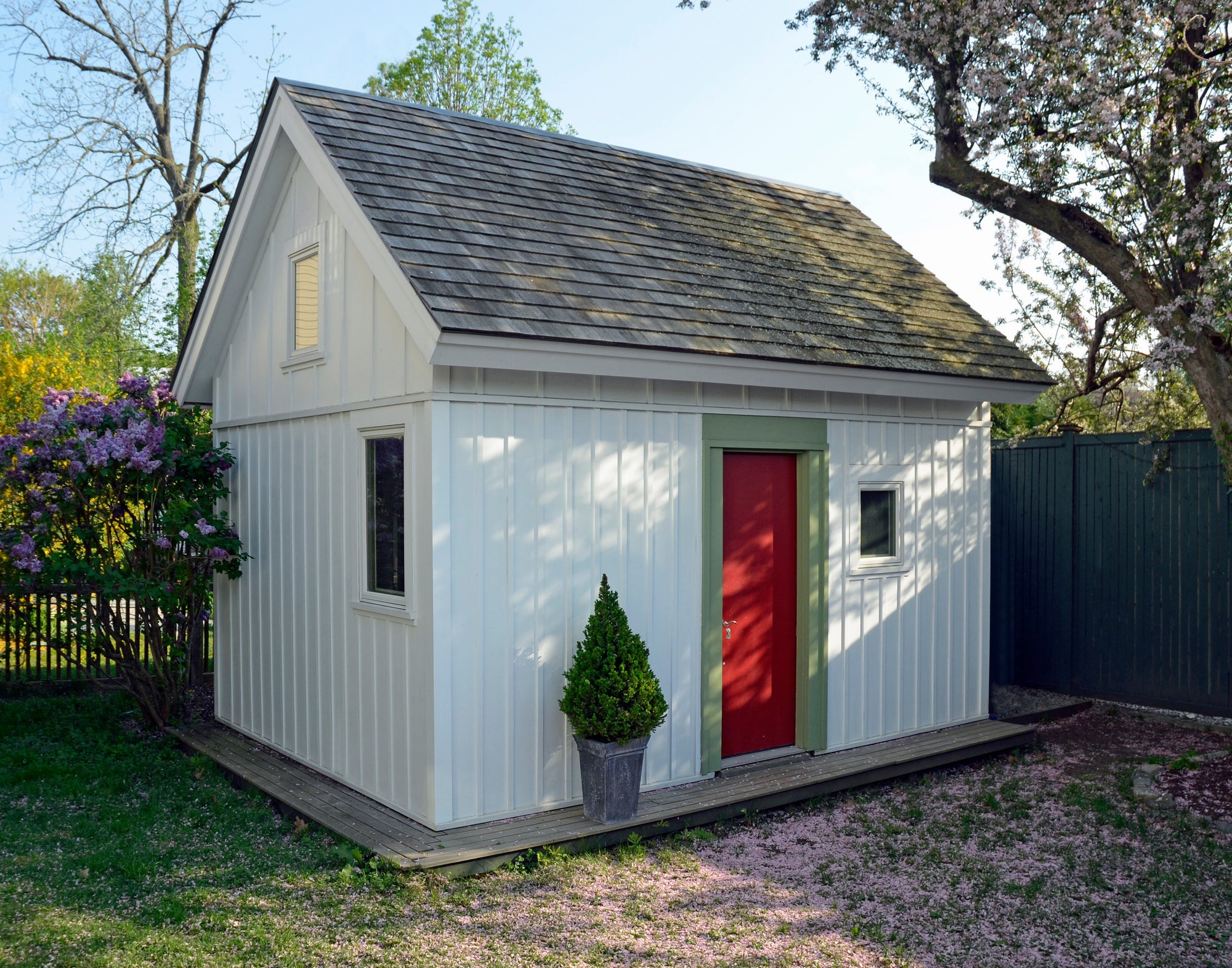How Long Will a Shed-to-House Conversion Last?

When considering converting a shed into a livable house, numerous factors come into play to determine how long the structure will last. This decision is influenced by construction quality, materials used, climate conditions, and maintenance practices. Let's delve into these aspects using various perspectives and popular keywords relevant to sheds and garden structures.

Construction Quality
Structural Integrity
The longevity of a shed-turned-house heavily depends on its original structural integrity. Sheds built with robust foundations and solid framing—think pressure-treated lumber or steel frames—are more likely to withstand the test of time. Keywords like “heavy-duty shed,” “reinforced frame,” and “shed foundation” highlight the importance of starting with a well-built structure.
Roofing and Insulation
A roof's material and construction play critical roles in the durability of any home. Metal roofs, for example, can last up to 50 years, whereas asphalt shingles might only last 20-30 years. Proper insulation and vapor barriers also protect the interior from moisture and temperature fluctuations, which can significantly extend the lifespan. Consider terms such as “metal roof for shed,” “shed insulation,” and “weatherproof shed” when researching roofing and insulation options.
Materials Used
Wood vs. Metal
Sheds commonly use wood or metal as primary construction materials. Wood provides a traditional look but is susceptible to rot, pests, and weather damage without proper treatment. Conversely, metal sheds are durable and low-maintenance but can suffer from rust if not properly coated. Keywords like “pressure-treated wood shed,” “rust-resistant metal shed,” and “shed siding materials” should be considered for material longevity.

Exterior Finishes
The type of exterior finish applied to the shed can significantly impact its durability. High-quality paints, stains, and sealants that protect against UV rays, moisture, and pests can extend the life expectancy of your converted shed. Look for keywords such as “exterior shed paint,” “weather-resistant sealant,” and “UV-protectant stain.”
Climate Conditions
Weather Resilience
The local climate plays a substantial role in how long a shed-to-house conversion will last. In areas with heavy rain, snow, or extreme temperatures, sheds must be fortified to handle these stresses. Proper drainage systems, reinforced roofing, and suitable insulation are critical. Keywords to explore include “climate-proof shed,” “shed drainage solutions,” and “thermal insulation for shed.”

Maintenance Needs
In harsh climates, regular maintenance becomes even more crucial. Inspecting and repairing any damage promptly can prevent minor issues from becoming major problems. Regularly checking for signs of wear such as leaks, rust, or rot ensures the longevity of your shed home. Relevant keywords are “shed maintenance tips,” “preventive maintenance for sheds,” and “seasonal shed care.”
Maintenance Practices
Routine Inspections
Regular inspections go a long way in maintaining and extending the life of a shed-turned-home. Checking for structural damage, leaks, and pest infestations and addressing them promptly can prevent long-term issues. Keywords like “yearly shed inspection,” “DIY shed maintenance,” and “shed upkeep” are useful for understanding maintenance routines.

Upgrades and Repairs
Proactive upgrades and repairs can add years to your shed’s lifespan. This might include reinforcing the foundation, adding exterior cladding, replacing old roofing materials, or installing better insulation. Keywords such as “shed renovation ideas,” “shed foundation upgrade,” and “best roofing materials for sheds” can guide necessary enhancements.

Conclusion
In summary, the longevity of a shed converted into a house can vary widely. On average, with high-quality materials, solid construction, suitable for climate conditions, and regular maintenance, a shed-to-house conversion could last 20-50 years or more. This duration compares favorably to many conventional homes, provided proper care is taken.
